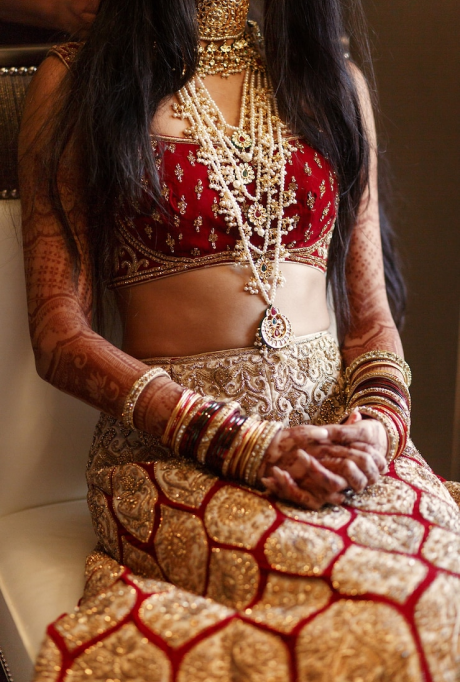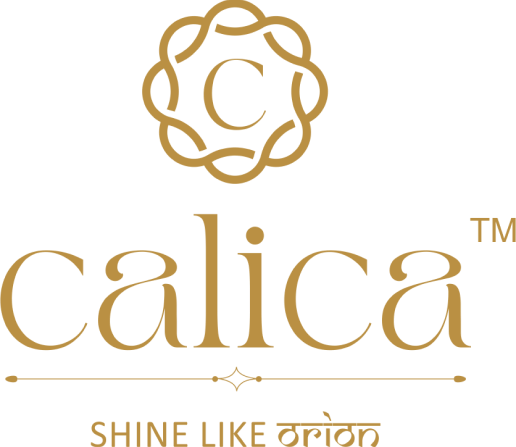History of Jewellery

Jewellery does not mean precious metals and sparklers. Jewellery is personal item which may looks more attractive by adding decorative items. Since ages human has been looking for such items. Earliest, ornaments unearthed in Spain was made from sea shells 1,15,000 years back.
Most of the European and African continent in prehistoric time has used ostrich egg shells, various bones including ivory, wood and similar natural items to make beads. Many natural strings were used to make ornaments to be worn on head,around neck, on wrist and ankle and even waist.
The Indian subcontinent has a long jewellery history, which has gone through various changes via cultural influence and politics for more than 5,000–8,000 years. Because India had an abundant supply of precious metals and gems, it prospered financially through export and exchange with other countries. One of the first to start jewellery making were the peoples of the Indus Valley civilization. By 1500 BC, the peoples of the Indus Valley were creating gold earrings and necklaces, bead necklaces, and metallic bangles. Before 2100 BC, prior to the period when metals were widely used, the largest jewellery trade in the Indus Valley region was the bead trade.
7000 BC was first time use of copper was made in Europe to make bracelets and rings. Europe had no natural resources of precious metals and stones while as Africa though abundant resources, lacked artisans all in all ornaments making was not developed on these two continent.
Jewellery making thrived in pre historic India even in Vedic ages from Gandhar to Tripura and from Kailas to Kanyakumari. Area had lot of resources in terms of gold, Diamonds and other precious stones. It also had expertise and technology to make complicated ornaments.
Jewellery in the Indus Valley was worn predominantly by females, who wore numerous clay or shell bracelets on their wrists. They were often shaped like doughnuts and painted black. Over time, clay bangles were discarded for more durable ones. In present-day India, bangles are made out of metal or glass. Other pieces that women frequently wore were thin bands of gold that would be worn on the forehead, earrings, primitive brooches, chokers, and gold rings.
According to Hindu belief, gold and silver are considered as sacred metals. Gold is symbolic of the warm sun, while silver suggests the cool moon. Both are the quintessential metals of Indian jewellery. Pure gold does not oxidise or corrode with time, which is why Hindu tradition associates gold with immortality. Gold imagery occurs frequently in ancient Indian literature. In the Vedic Hindu belief of cosmological creation, the source of physical and spiritual human life originated in and evolved from a golden womb (hiranyagarbha) or egg (hiranyanda), a metaphor of the sun, whose light rises from the primordial waters.
Jewellery had great status with India’s royalty; it was so powerful that they established laws, limiting wearing of jewellery to royalty. Only royalty and a few others to whom they granted permission could wear gold ornaments on their feet. This would normally be considered breaking the appreciation of the sacred metals.
India was the first country to mine diamonds, with some mines dating back to 296 BC. India traded the diamonds, realising their valuable qualities. Historically, diamonds have been given to retain or regain a lover’s or ruler’s lost cavour, as symbols of tribute, or as an expression of fidelity in exchange for concessions and protection. Mughal emperors and Kings used the diamonds as a means of assuring their immortality by having their names and worldly titles inscribed upon them.
Moreover, it has played and continues to play a pivotal role in Indian social, political, economic, and religious event, as it often has done elsewhere. In Indian history, diamonds have been used to acquire military equipment, finance wars, foment
revolutions, and tempt defections.
Today, many jewellery designs and traditions are used, and jewellery is commonplace in Indian ceremonies and weddings.

